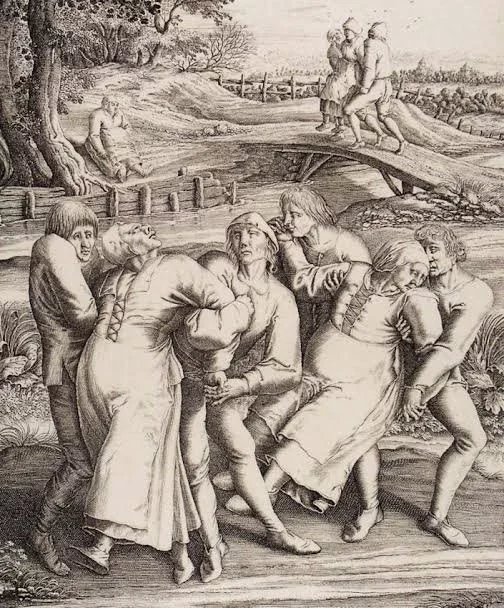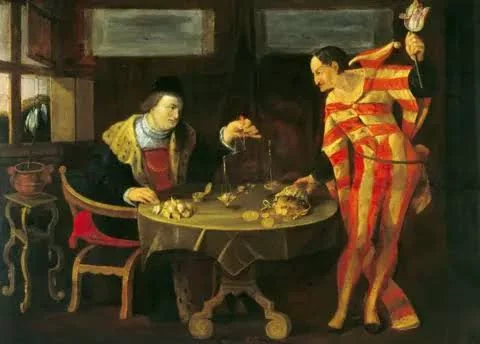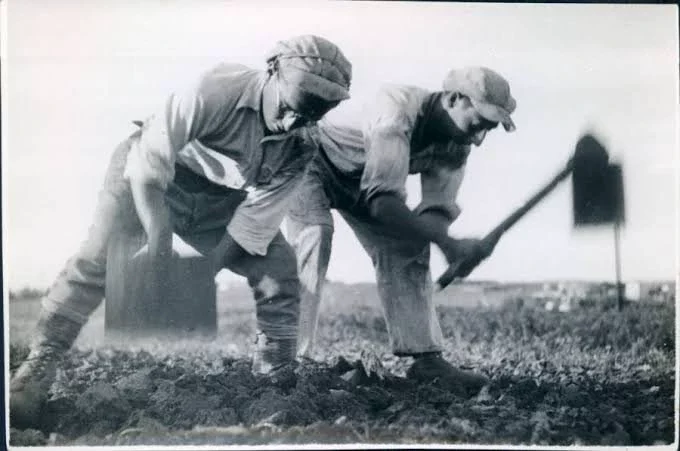
History is filled with peculiar and often overlooked events that defy explanation and challenge our understanding of the past. These weird events offer a glimpse into the strange and often unsettling aspects of human behaviour and societal norms. They also remind us that history is not just a series of dates and facts.
Here are 7 weird historical events that defy belief
The Cadaver Synod - 897

The Cadaver Synod of 897 was a bizarre event in Rome where Pope Stephen VI put the corpse of his predecessor, Pope Formosus, on trial. After Formosus had been dead for seven months, his body was dug up, dressed in papal clothes, and placed in court. Stephen VI accused Formosus of breaking church rules and having held multiple church positions illegally. At the end of the trial, Formosus was declared guilty, his papacy was annulled, and his body was mistreated.
The Dancing plague - 1518

The Dancing Plague or the Dance Epidemic of 1518, occurred in Strasbourg, Alsace (modern-day France) in the Holy Roman Empire. It began in July 1518 when a woman named Frau Troffea began dancing uncontrollably. Within days, dozens more joined her, and by August, up to 400 people were caught in the frenzy. This relentless dancing led to severe exhaustion, injuries, and reportedly even fatalities from strokes and heart attacks. Physicians attributed the cause to "hot blood" and recommended more dancing as a cure. Theories about the cause range from stress-induced mass hysteria, as suggested by John Waller, to ergot poisoning and religious explanations. The outbreak began to subside in early September, after the dancers were sent to a mountain shrine to pray for absolution. The true cause of the Dancing Plague remains a mystery.
The Tulip Mania - 17th century

In the early 1600s, the Netherlands experienced one of the first recorded speculative bubbles known as Tulip Mania. At its peak, tulip bulbs were sold for extraordinarily high prices, sometimes costing more than a house. The market eventually crashed in 1637, leading to financial ruin for many investors. This event is often cited as an early example of market speculation gone awry. Today, "tulip mania" is used as a metaphor for any significant economic bubble where asset prices become detached from their true value.
The Great Stink - 1858

During the summer of 1858, the River Thames in London became overwhelmed with sewage, leading to the "Great Stink." The stench was so unbearable that it disrupted the daily lives of Londoners and even the workings of the British government. This crisis prompted the construction of an extensive sewer system designed by Joseph Bazalgette, which significantly improved the city's sanitation.
The Exploding pants epidemic -1930s

In the 1930s, farmers in New Zealand experienced a strange phenomenon, their pants would spontaneously catch fire. This odd event was traced back to an herbicide called sodium chlorate, which they used to kill ragwort. The chemical residue on their clothing was highly flammable, leading to unexpected and dangerous combustions.
The Great Emu War - 1932

In Australia, a military operation was carried out against a large population of emus causing crop damage in Western Australia. The government deployed soldiers armed with machine guns in what came to be known as the Great Emu War. Despite their efforts, the emus proved surprisingly resilient, and the "war" ended in failure, with the emus largely unaffected.
The Tanganyika laughter epidemic - 1962

The Tanganyika laughter epidemic of 1962 was a mass psychogenic illness that began on January 30, 1962, at a girls' boarding school in Kashasha, near Lake Victoria in Tanganyika (now part of Tanzania). The outbreak started with three students and rapidly spread to 95 out of 159 pupils, with symptoms of uncontrollable laughter lasting from a few hours to 16 days. The epidemic eventually affected about 1,000 people across 14 schools and several villages. Symptoms included laughter, crying, fainting, and respiratory issues. The phenomenon is thought to have been triggered by stress and anxiety, exacerbated by cultural and social pressures. The outbreak lasted for 18 months and subsided by mid-1963.

















Comments